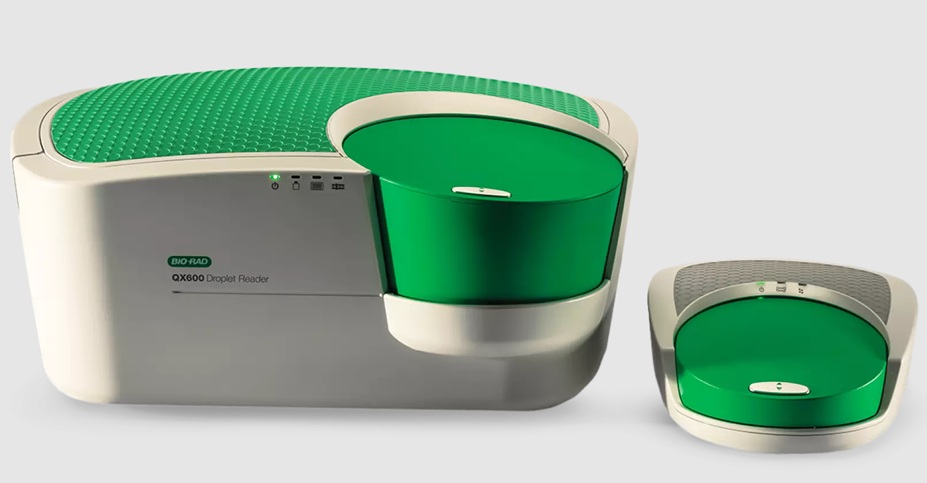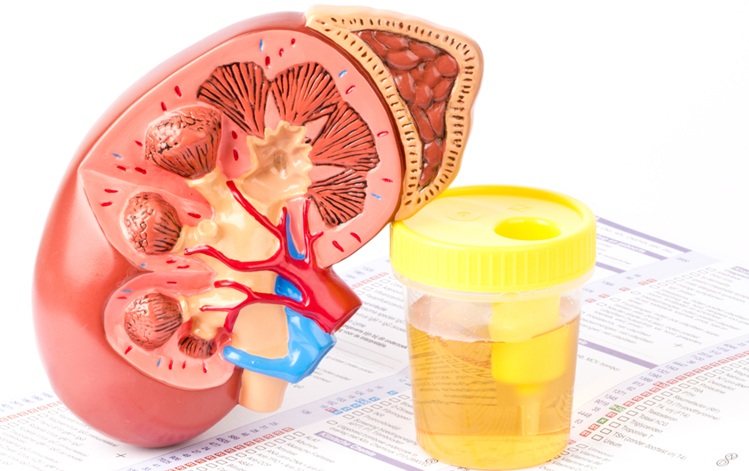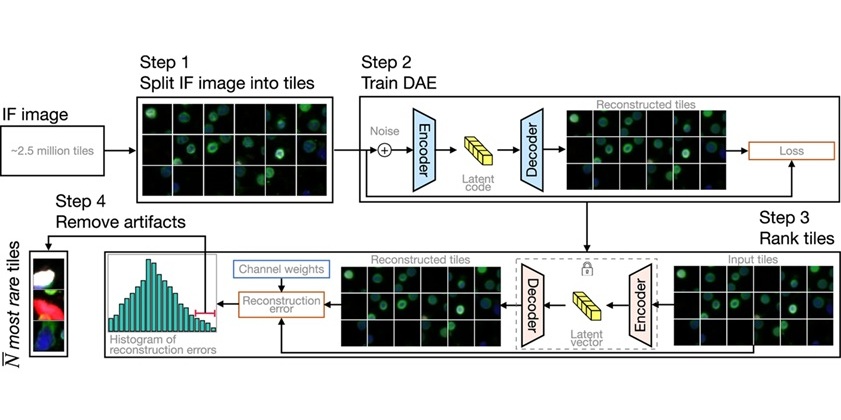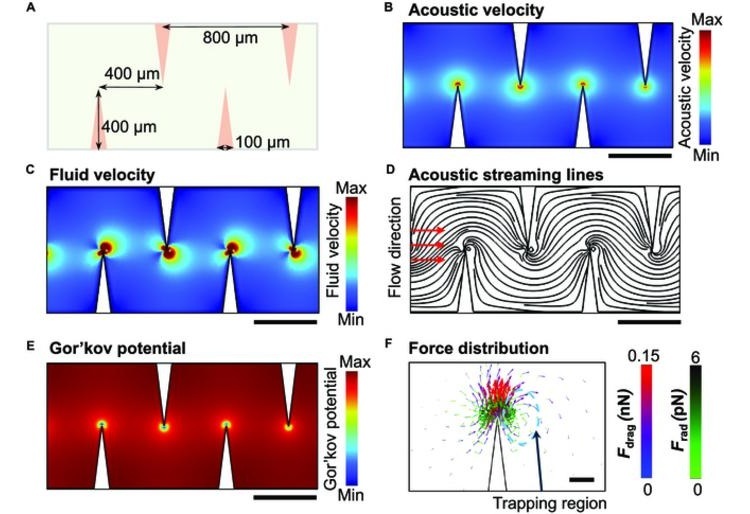Regulatory and Other Rheumatoid Factors Analyzed in RA Patients
|
By LabMedica International staff writers Posted on 06 Jan 2022 |
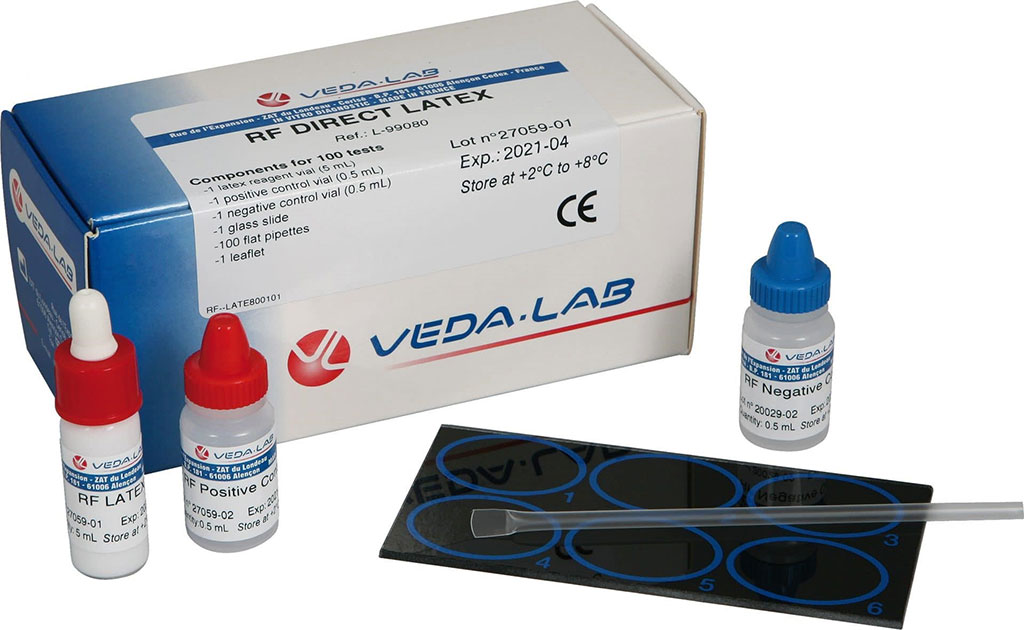
Image: The RF direct latex test for the detection of rheumatoid factor (RF) in serum (Photo courtesy of VedaLab)
Rheumatoid arthritis (RA) is a long-term autoimmune disorder that primarily affects joints. It typically results in warm, swollen, and painful joints. Pain and stiffness often worsen following rest. Most commonly, the wrist and hands are involved, with the same joints typically involved on both sides of the body.
Despite numerous studies, the only properties definitively established for rheumatoid factor (RF) are that RF is an antibody to the Fc portion of modified IgG, and that elevated RF levels are a diagnostic marker for RA. Both the mechanisms by which RF level is elevated in autoimmune and infectious diseases and the role that RF plays in healthy and disease states remain speculative.
Immunologists at the Udmurt State University (Izhevsk, Russian Federation) studied a total of 32 patients with an established diagnosis of rheumatoid arthritis. Of those, 22 patients had high to moderate rheumatoid arthritis activity. Several of the patients had systemic manifestations, such as anemia, rheumatoid nodules, Sjögren's syndrome. The duration of disease in the sample of RA patients studied was 2 to 20 years, with a mean of 8 ± 5.9 years and 35% of patients were receiving combination therapy.
The RF direct latex test (VedaLab, Alençon, France) was used to detect rheumatoid factor in the sera of arthritis patients. The regulatory rheumatoid factor (regRF) titer was determined in an agglutination test using human IgG-loaded tanned human erythrocytes. RegRF depletion from rheumatoid arthritis sera was also performed. Lyophilized human IgG was used to prepare an agglutination test system for detecting regRF. Size exclusion chromatography was performed using a Sephacryl S 100 26/400 column (Cytiva, Marlborough, MA, USA). A Genesys 10S UV-Vis Spectrophotometer (Thermo Fisher Scientific, Waltham, MA, USA) was used for the analysis.
The investigators reported that patients in remission had regRF levels higher than in healthy subjects. The regRF in remission was characterized by tight binding to its antigen, as in healthy subjects. The regRF levels in patients with active RA varied dramatically, and regRF binding to its antigen was weak. The exacerbation of Still's disease coincided with low regRF levels and affinity, while an improvement in patient condition was associated with an increase in regRF levels and affinity. The RF specific to RA, which was detected by the RF latex-fixation method, was a nonhomogeneous population of antibodies that included RF to lyophilized IgG, to IgG immobilized on polystyrene, and to rabbit IgG.
The authors concluded the RA remission is associated with an increase in regRF levels and affinity. Results of an analysis of a clinical case of Still's disease were consistent with the results obtained when patients with active rheumatoid arthritis were compared with those in remission. The study was published on December 24, 2021 in the Journal of Clinical Laboratory Analysis.
Related Links:
Udmurt State University
VedaLab
Cytiva
Thermo Fisher Scientific
Despite numerous studies, the only properties definitively established for rheumatoid factor (RF) are that RF is an antibody to the Fc portion of modified IgG, and that elevated RF levels are a diagnostic marker for RA. Both the mechanisms by which RF level is elevated in autoimmune and infectious diseases and the role that RF plays in healthy and disease states remain speculative.
Immunologists at the Udmurt State University (Izhevsk, Russian Federation) studied a total of 32 patients with an established diagnosis of rheumatoid arthritis. Of those, 22 patients had high to moderate rheumatoid arthritis activity. Several of the patients had systemic manifestations, such as anemia, rheumatoid nodules, Sjögren's syndrome. The duration of disease in the sample of RA patients studied was 2 to 20 years, with a mean of 8 ± 5.9 years and 35% of patients were receiving combination therapy.
The RF direct latex test (VedaLab, Alençon, France) was used to detect rheumatoid factor in the sera of arthritis patients. The regulatory rheumatoid factor (regRF) titer was determined in an agglutination test using human IgG-loaded tanned human erythrocytes. RegRF depletion from rheumatoid arthritis sera was also performed. Lyophilized human IgG was used to prepare an agglutination test system for detecting regRF. Size exclusion chromatography was performed using a Sephacryl S 100 26/400 column (Cytiva, Marlborough, MA, USA). A Genesys 10S UV-Vis Spectrophotometer (Thermo Fisher Scientific, Waltham, MA, USA) was used for the analysis.
The investigators reported that patients in remission had regRF levels higher than in healthy subjects. The regRF in remission was characterized by tight binding to its antigen, as in healthy subjects. The regRF levels in patients with active RA varied dramatically, and regRF binding to its antigen was weak. The exacerbation of Still's disease coincided with low regRF levels and affinity, while an improvement in patient condition was associated with an increase in regRF levels and affinity. The RF specific to RA, which was detected by the RF latex-fixation method, was a nonhomogeneous population of antibodies that included RF to lyophilized IgG, to IgG immobilized on polystyrene, and to rabbit IgG.
The authors concluded the RA remission is associated with an increase in regRF levels and affinity. Results of an analysis of a clinical case of Still's disease were consistent with the results obtained when patients with active rheumatoid arthritis were compared with those in remission. The study was published on December 24, 2021 in the Journal of Clinical Laboratory Analysis.
Related Links:
Udmurt State University
VedaLab
Cytiva
Thermo Fisher Scientific
Latest Immunology News
- Blood-Based Liquid Biopsy Model Analyzes Immunotherapy Effectiveness
- Signature Genes Predict T-Cell Expansion in Cancer Immunotherapy
- Molecular Microscope Diagnostic System Assesses Lung Transplant Rejection
- Blood Test Tracks Treatment Resistance in High-Grade Serous Ovarian Cancer
- Luminescent Probe Measures Immune Cell Activity in Real Time
- Blood-Based Immune Cell Signatures Could Guide Treatment Decisions for Critically Ill Patients
- Novel Tool Predicts Most Effective Multiple Sclerosis Medication for Patients
- Companion Diagnostic Test for CRC Patients Identifies Eligible Treatment Population
- Novel Tool Uses Deep Learning for Precision Cancer Therapy
- Companion Diagnostic Test Identifies HER2-Ultralow Breast Cancer and Biliary Tract Cancer Patients
- Novel Multiplex Assay Supports Diagnosis of Autoimmune Vasculitis
- Blood Test Predicts Immunotherapy Efficacy in Triple-Negative Breast Cancer
- Simple Genetic Testing Could Predict Treatment Success in Multiple Sclerosis Patients
- Novel Gene Signature Predicts Immunotherapy Response in Advanced Kidney Cancers
- New Technology Deciphers Immune Cell Communication to Predict Immunotherapy Response
- AI Model Accurately Predicts MSI Tumor and Immune Checkpoint Inhibitor Responsiveness
Channels
Clinical Chemistry
view channel
VOCs Show Promise for Early Multi-Cancer Detection
Early cancer detection is critical to improving survival rates, but most current screening methods focus on individual cancer types and often involve invasive procedures. This makes it difficult to identify... Read more
Portable Raman Spectroscopy Offers Cost-Effective Kidney Disease Diagnosis at POC
Kidney disease is typically diagnosed through blood or urine tests, often when patients present with symptoms such as blood in urine, shortness of breath, or weight loss. While these tests are common,... Read moreMolecular Diagnostics
view channel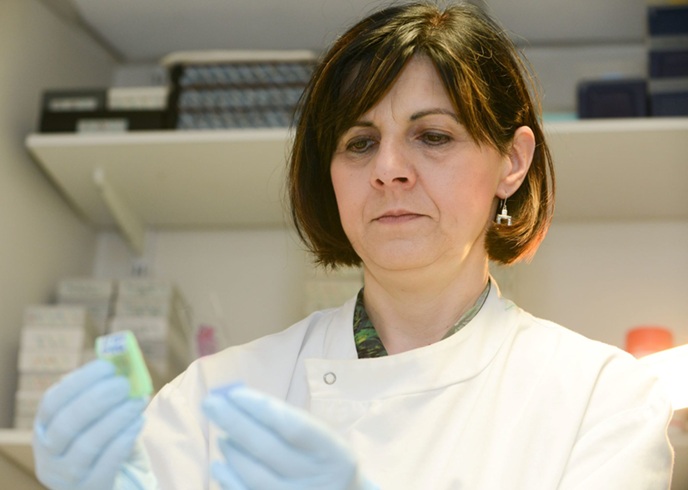
Urine Test Detects Early Stage Pancreatic Cancer
Pancreatic cancer remains among the hardest cancers to detect early. In the UK, around 10,000 people are diagnosed each year, but only 5% survive beyond five years. Late diagnosis is a major factor—more... Read more
Genomic Test Could Reduce Lymph Node Biopsy Surgery in Melanoma Patients
Accurately determining whether melanoma has spread to the lymph nodes is crucial for guiding treatment decisions, yet the standard procedure—sentinel lymph node biopsy—remains invasive, costly, and unnecessary... Read moreHematology
view channel
Viscoelastic Testing Could Improve Treatment of Maternal Hemorrhage
Postpartum hemorrhage, severe bleeding after childbirth, remains one of the leading causes of maternal mortality worldwide, yet many of these deaths are preventable. Standard care can be hindered by delays... Read more
Pioneering Model Measures Radiation Exposure in Blood for Precise Cancer Treatments
Scientists have long focused on protecting organs near tumors during radiotherapy, but blood — a vital, circulating tissue — has largely been excluded from dose calculations. Each blood cell passing through... Read more
Platelets Could Improve Early and Minimally Invasive Detection of Cancer
Platelets are widely recognized for their role in blood clotting and scab formation, but they also play a crucial role in immune defense by detecting pathogens and recruiting immune cells.... Read more
Portable and Disposable Device Obtains Platelet-Rich Plasma Without Complex Equipment
Platelet-rich plasma (PRP) plays a crucial role in regenerative medicine due to its ability to accelerate healing and repair tissue. However, obtaining PRP traditionally requires expensive centrifugation... Read moreMicrobiology
view channel
Fast Noninvasive Bedside Test Uses Sugar Fingerprint to Detect Fungal Infections
Candida bloodstream infections are a growing global health threat, causing an estimated 6 million cases and 3.8 million deaths annually. Hospitals are particularly vulnerable, as weakened patients after... Read more
Rapid Sepsis Diagnostic Device to Enable Personalized Critical Care for ICU Patients
Sepsis is a life-threatening condition that occurs when the body’s response to infection spirals out of control, damaging organs and leading to critical illness. Patients often arrive at intensive care... Read morePathology
view channel
New Molecular Analysis Tool to Improve Disease Diagnosis
Accurately distinguishing between similar biomolecules such as proteins is vital for biomedical research and diagnostics, yet existing analytical tools often fail to detect subtle structural or compositional... Read more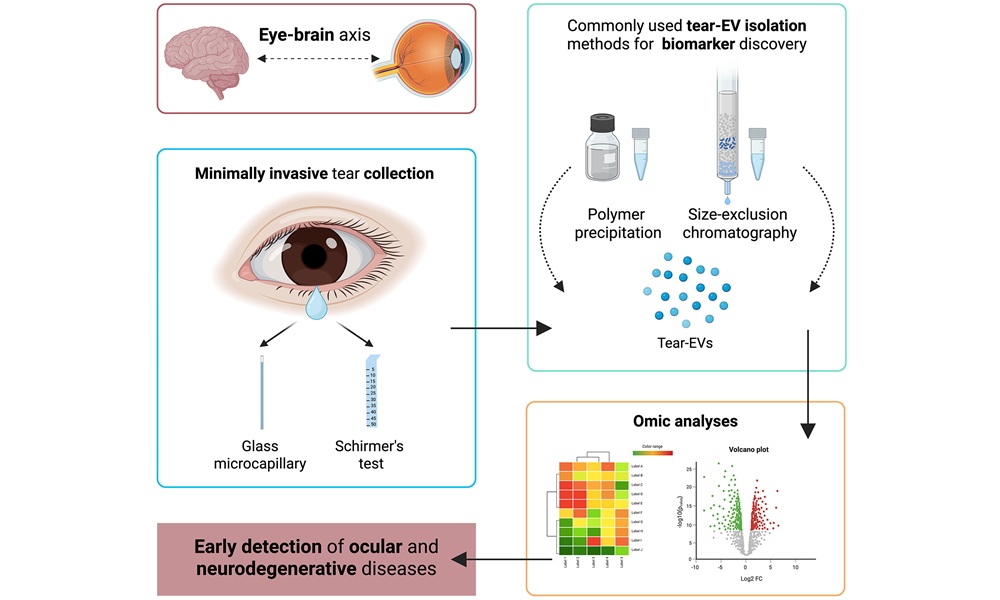
Tears Offer Noninvasive Alternative for Diagnosing Neurodegenerative Diseases
Diagnosing and monitoring eye and neurodegenerative diseases often requires invasive procedures to access ocular fluids. Ocular fluids like aqueous humor and vitreous humor contain valuable molecular information... Read moreTechnology
view channel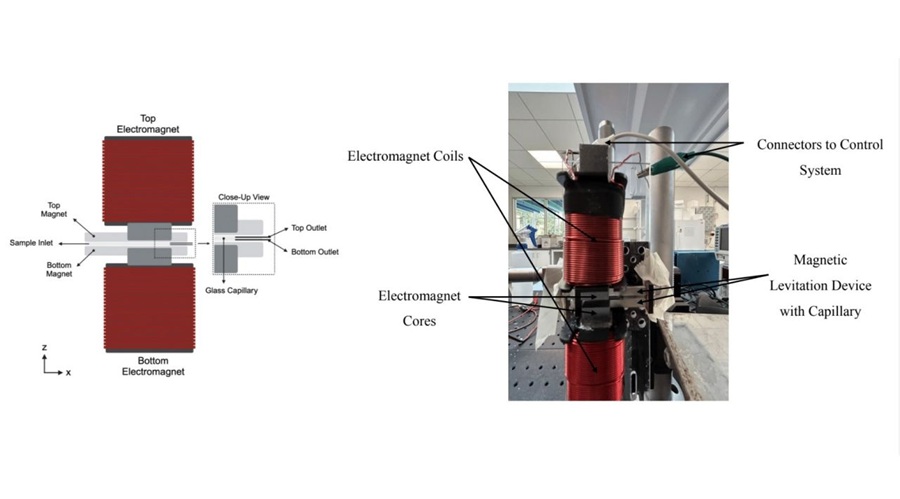
Cell-Sorting Device Uses Electromagnetic Levitation to Precisely Direct Cell Movement
Sorting different cell types—such as cancerous versus healthy or live versus dead cells—is a critical task in biology and medicine. However, conventional methods often require labeling, chemical exposure,... Read more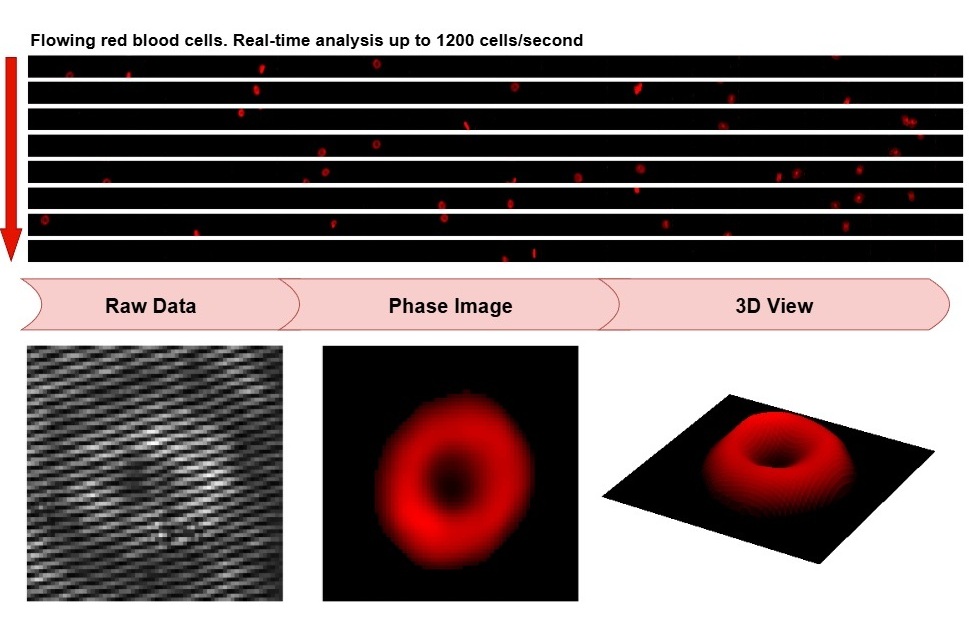
Embedded GPU Platform Enables Rapid Blood Profiling for POC Diagnostics
Blood tests remain a cornerstone of medical diagnostics, but traditional imaging and analysis methods can be slow, costly, and reliant on dyes or contrast agents. Now, scientists have developed a real-time,... Read moreIndustry
view channel
Puritan Medical Products Showcasing Innovation at AMP2025 in Boston
Puritan Medical Products (Guilford, ME, USA), the world’s most trusted manufacturer of swabs and specimen collection devices, is set to exhibit at AMP2025 in Boston, Massachusetts, from November 11–15.... Read more
Advanced Instruments Merged Under Nova Biomedical Name
Advanced Instruments (Norwood, MA, USA) and Nova Biomedical (Waltham, MA, USA) are now officially doing business under a single, unified brand. This transformation is expected to deliver greater value... Read more